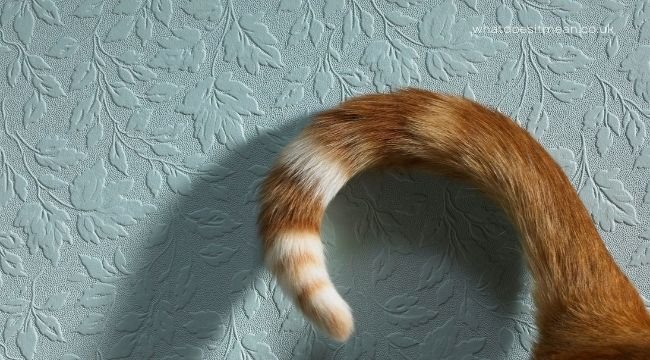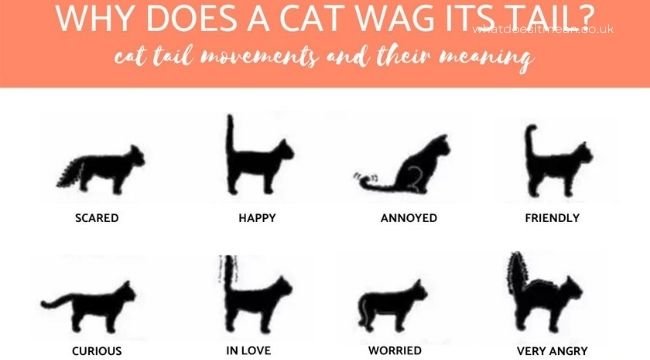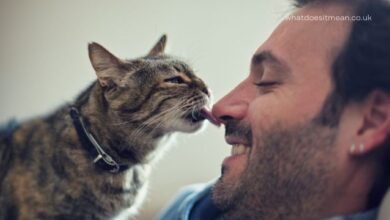
What Does it Mean When a Cat Wags Its Tail?
If you’ve ever wondered what a cat is feeling, you’ve probably noticed its wagging tail. While cats generally wag their tails when they’re playing, interacting with their owner, or in pain, a wagging tail can also signal lethargy or lack of appetite. It could also mean a cat is about to pounce or acknowledge your presence, which may be an indication that it’s in distress.
Although cats do not respond to our calls for food, they’ll wiggle their tails when they’re content. A wagging tail is a sign of contentment. While a thrashing tail could be a warning sign, a twitching tail could signal annoyance or a sign of a potentially aggressive cat. If your cat’s tail is constantly wagging, you should take your cat to the vet.
Waving a cat’s tail can also mean a variety of other things.
For example, a wagging tail may signal that the cat is overstimulated. A swishing tail might indicate that the cat is content and wants to be petted. Similarly, a wagging tail might indicate that a cat is trying to get some space.
The tail movement of a cat can reveal a cat’s mood. A curled tail is a sign of love, and a rattling tail is a sign of friendliness. An upright, swishing, or ruffling tail means that the cat is in a mood of affection. However, a quivering tail is a good indication of a happy or pouncy mood.
While a wagging tail can signal a variety of emotions, the most common one is a cat’s happiness. A wagging tail can also indicate a cat’s mood when it is upset or angry. A low wagging or a rattling tail can be a signal of fear. During times of anxiety, the tail may be pinned back or tucked, depending on where the wagging occurs.
The tail wagging of a cat is an expression of contentment. While it is not as responsive as the tail of a dog, a wagging or thrashing tail indicates that a cat is contented. When a cat wags its limbs and twirling its body, it may also indicate that it is feeling nervous or agitated. A twitch-like motion of the tail can be interpreted as a signal that a cat is concentrating or has spotted something that’s bothering it.
Cats tail language is a vital part of your cat’s relationship with you. Their wagging tails can signal a host of emotions. When a cat wags its tail, it can also signal that it is unhappy. For example, a wagging tail can indicate that a cat is upset or angry. If the wagging tail is accompanied by a thwagging motion of the tail, this means the cat is stressed out or in a bad mood.

A wagging tail can mean that a cat is contented.
When it wags its hairs, it indicates that it is happy. When a cat is contented, the tail will usually wag in the direction it was wagging. While the tail wagging motion of a cat is unrelated to its other actions, it can suggest that the cat is frightened.
If a cat wags its tail, it can mean that it is agitated, frightened, or annoyed. A wagging tail that curls up toward the legs is a sign of a cat’s agitation, while a tail that curls to the right or left is a sign of contentment. When a cat wags its entire tail, the hairs will be upright.
A wagging tail does not necessarily mean that a cat is happy or wants to be petted. Sometimes, it means that a cat is tired or frustrated, or it could just be a signal to leave. This is not a sign thata cat wants your attention. It may be trying to tell you that it’s angry or frustrated. If you’re feeling this way, consider the context of the wagging tail.



